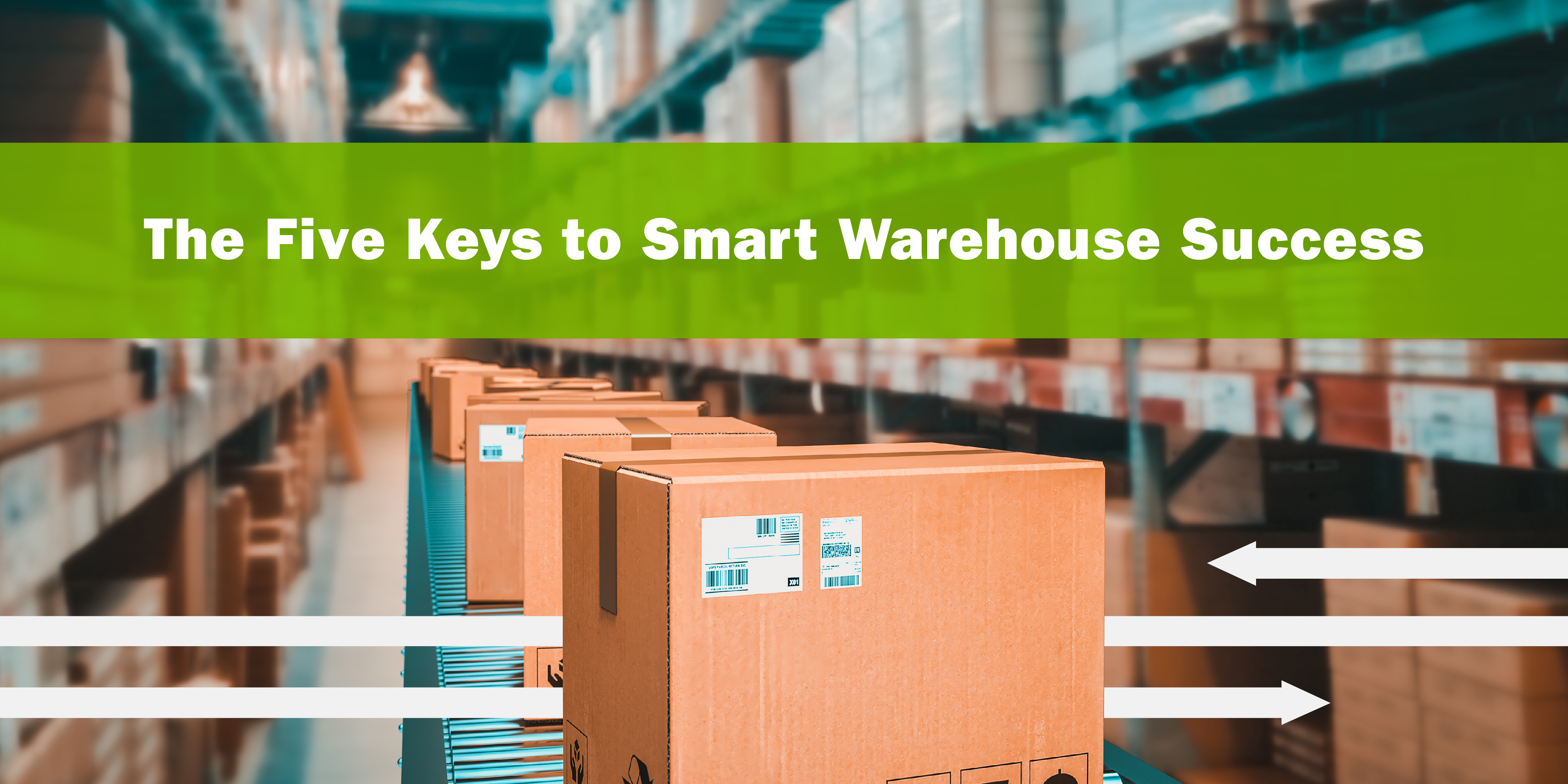AUTOSCHEDULER.AI FEATURED IN digital CXO
The Five Keys to Smart Warehouse Success
By George V. Hulme - Posted September 12, 2023
While the age of the manual warehouse is coming to a close, it’s no slam dunk that simply implementing smart warehouse capabilities and technologies will automatically lead to an optimized and more efficient warehouse. In fact, implementing smart warehouse technologies incorrectly can actually decrease the productivity of the warehouse.
“I’ve seen sites that have gone full automation without planning,” says Keith Moore, CEO at warehouse orchestration provider AutoScheduler.AI. And by full automation, Moore means these warehouses have all but eliminated workers. “They essentially have people who unload the trucks, and from there, everything is automated. The only human interaction from that point is watching the automation. It’s impressive. But after they invested tons of money into their automation, they’re now only running at 60 percent of the throughput that they were running before the automation.”
But when done correctly, the benefits of smart warehouse technologies are substantial. “The advantages include greater productivity, enhanced accuracy, improved inventory control, and increased customer satisfaction. Yet, the cost of implementation, the requirement for substantial changes to procedures and workflows, and the possibility of disruptions during the transition phase can all be difficult,” observes Jayesh Jain, senior vice president at Sage Software Solutions.
How do organizations automate their warehouses wisely for improved results? Below are the five keys to success:
Baseline your warehouse data. “Data is useful in knowing where your gaps reside and predicting events and conditions, such as things that can impact availability. You can quickly identify what was a mistake, what worked, give feedback to managers, and understand what will increase employee efficiency,” says Kevin Beasley, CIO at ERP provider VAI.
“There’s a logical flow in how you acquire your data, and you need to figure out how to best make that data uniformly available,” adds Moore. “Data visibility is the first stage, attained by consolidating your data from various systems. There are a lot of tools out there to help people do that,” he says.


